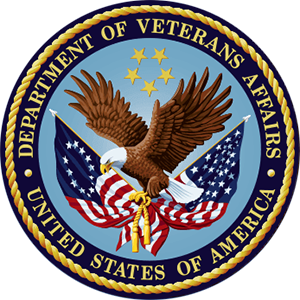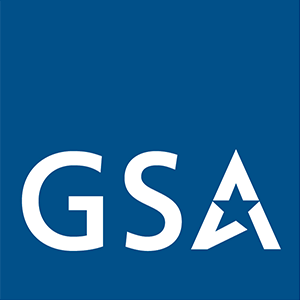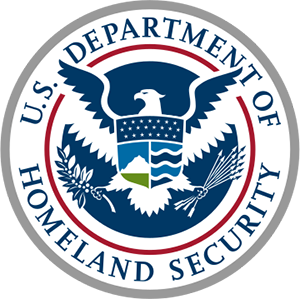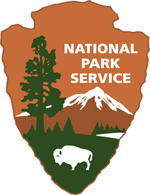Introduction
Within This Page
This resource page describes overall best practices to achieve compliance with accessibility regulations through the entire project cycle, including concept design through construction completion. Employing these best practices will help enhance compliance with applicable federal laws, including the Architectural Barriers Act (ABA) of 1968, the Americans with Disabilities Act of 1990, as amended (ADA), Section 504 of the Rehabilitation Act of 1973, or the Fair Housing Amendments Act of 1988 (FHA).
Accessibility Begins at the Top
Accessibility is the responsibility of everyone involved in the project, including but not limited to the owner, designers, architects, engineers, builders, and contractors. Best practices to ensure compliance include identifying accessibility compliance as a key goal at the onset of a project. Reinforcing the focus on accessibility compliance during the "kick-off" meeting is a method of gaining buy-in from all project team members. The kick-off meeting is also a venue for setting expectations, roles, and responsibilities and ensuring that everyone understands the importance their function plays in the overall compliance plan. In addition, providing accessibility training which specifically relates to the project can help set design and construction teams up for success.
Compliant Plans
Plan review can be conducted at various stages of the project-cycle to ensure that full compliance with applicable accessibility laws and codes is achieved. Through plan review, instances of non-compliance will be highlighted due to unaccounted finishes, incomplete and non-compliant schedules and specs, inaccurate details, etc. Qualified accessibility experts will be able to provide detailed reports that identify potential violations along with recommendations on how to address common oversights. Conducting plan reviews as a best practice allows time to get interpretations and variances that will help the project translate from plans to practice effectively.
Construction Process
Day-to-day project oversight performed by construction supervisors and project managers knowledgeable in accessibility requirements can help to achieve compliance. Know that deviations from the plans can affect compliance and oversights can be costly and difficult to fix after construction begins. In addition, be mindful of change orders, value engineering, and improper installation of finishes, which can all impact compliance. Lastly, correct interpretation of construction documents is essential to achieving compliance; always ask questions before you build to be sure you understand the plans thoroughly.
Assessment
This section highlights tools that help make it easier for designers, developers, and contractors to assess facilities for accessibility compliance. While several of the tools are intended for new construction or alteration projects, they can also be used to survey existing buildings to identify those features or elements in need of modifications.
A. Site Inspections
Conducting site inspections at various stages of new construction and alteration will ensure compliance with applicable accessibility laws and codes. Construction teams, local code inspectors, and/or accessibility experts can all conduct site inspections to identify potential issues of non-compliance and provide recommendations for addressing common oversights. It is best not to wait until the project is near completion to conduct an assessment, as changes are costly and difficult to make during finishing stages.
B. Checklists
Checklists used as a guide for conducting surveys of existing facilities to help identify non-compliance with applicable accessible design and construction requirements can be useful. However, many commercially available checklists do not include accurate and updated information and can be misleading. Be sure to use a checklist available from a trusted source to best inform the survey process. New tools and processes including accessibility apps and the use of iPads in the field are a growing trend.
C. Survey Instruments
Digital Level (Digital Inclinometer)
The most efficient tool used to measure the slope of a ground or floor surface is the digital level, also known as a digital inclinometer. A 24—inch long digital level is recommended because it is close to the width of a standard wheelchair. The digital level can be set to measure percent slope, degrees, or pitch (inches of rise per foot of run). Measuring percent slope is all that is needed to determine whether the running or cross slope of a surface is compliant with the maximum percent slope permitted. To maintain consistency of measurements, it is important to ensure that the level readout is always set to percent slope. Be sure to calibrate the level according to manufacturer's instructions; once calibrated, place it on the ground or floor surface—it automatically displays the percent slope.
Door Pressure Gauge

The force required to open doors must be minimal so that they can be easily operated by those who might have limited upper body strength (such as the elderly), challenges with manual dexterity, or any other issue that might make opening heavy doors a challenge. Today, using a door pressure gauge is an efficient tool to assess compliance with requirements for opening force. To assess door pressure, open the door minimally; then, put the tip of the gauge against the door and use it to push the door open. The readout on the gauge will indicate the force required to open the door. The door pressure gauge can determine if the force required to open a door is greater than that permitted.
Relevant Codes, Standards, Laws, and Guidelines
Federal Agencies
The major resource for guidance on accessible design is the U.S. Access Board (Access Board). The Access Board is an independent federal agency devoted to accessibility for people with disabilities. Key responsibilities of the Board include developing and maintaining accessibility requirements for the built environment, transit vehicles, telecommunications equipment, and electronic and information technology; providing technical assistance and training on these guidelines; and enforcing accessibility standards for federally funded facilities. For additional resources, see the Access Board's pages on Training & Webinars along with Research. In addition, the Access Board has developed explanatory Animations and Guides to the ADA Standards.
Codes and Standards
- ADA Standards for Accessible Design (2010 ADA Standards)
- ASME A17.1 Safety Code for Elevators and Escalators, including ASME A17.1a Addenda and ASME A17.1b Addenda
- ASME A18.1 Safety Standard for Platform Lifts and Stairway Chairlifts
- ASTM F1951 Standard Specification for Determination of Accessibility of Surface Systems Under and Around Playground Equipment
- ICC IBC International Building Code
- NFPA 72® National Fire Alarm and Signaling Code®
- Uniform Federal Accessibility Standards (UFAS)
Guidelines
- Americans with Disabilities Act (ADA) Accessibility Guidelines (ADAAG)
- Fair Housing Act Accessibility Guidelines (The Guidelines)










